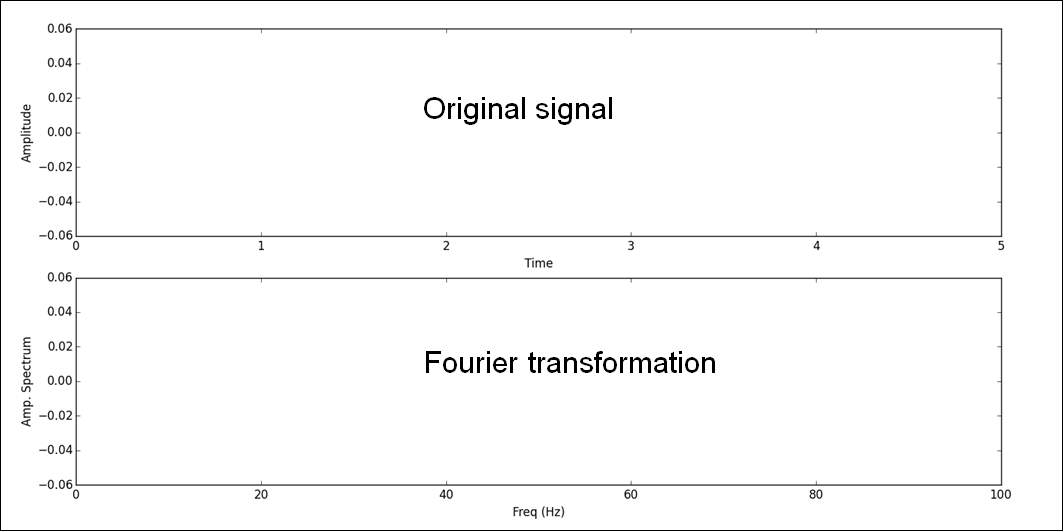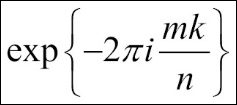Fourier analysis is commonly used, among other things, for digital signal processing. This is thanks to it being so powerful in separating its input signals (time domain) into components that contribute at discrete frequencies (frequency domain). Another fast algorithm to compute Discrete Fourier transform (DFT) was developed, which is well known as Fast Fourier transform (FFT), and it provides more possibilities for analysis and its applications. NumPy, as it targets numeric computing, also supports FFT. Let's try to use NumPy to apply some Fourier analysis on applications! Note, no familiarity with signal processing or Fourier methods is assumed in this chapter.
The topics that will be covered in this chapter are:
- The basics of Fourier analysis
- One and two-dimensional Fourier transformations
- Spectral density estimation
- Time frequency analysis





